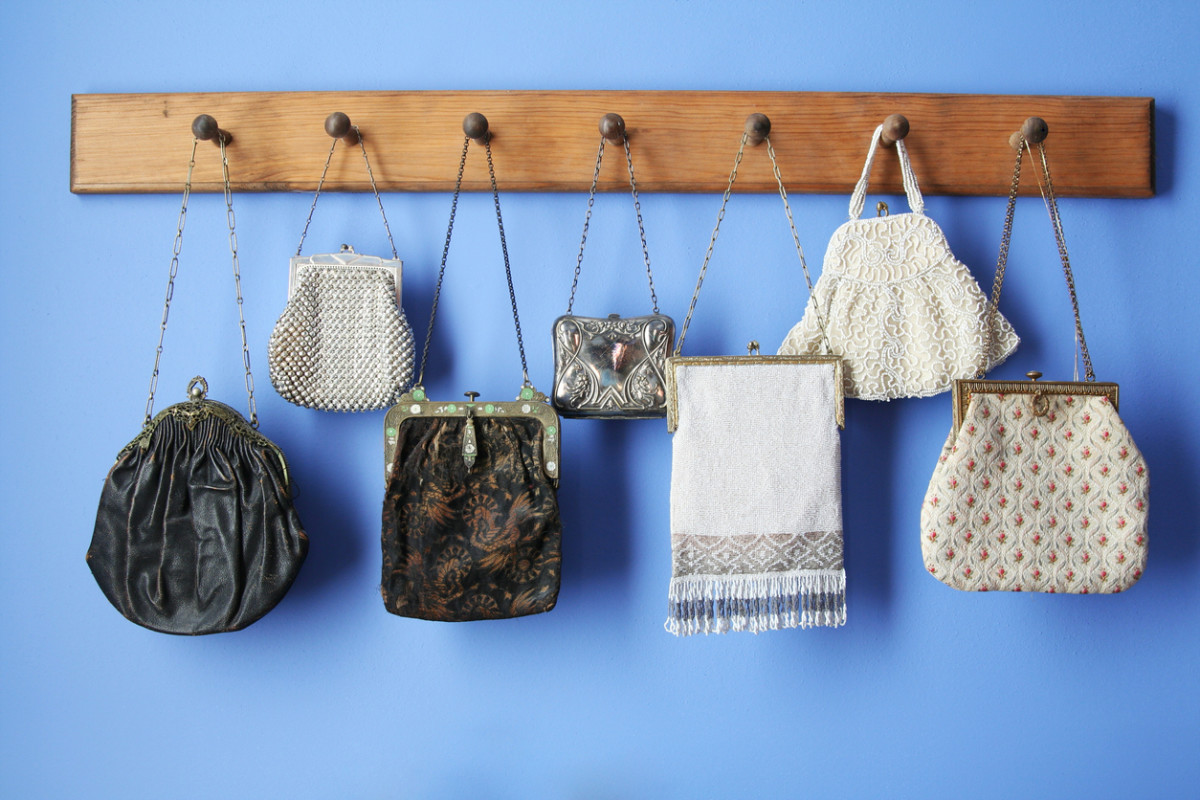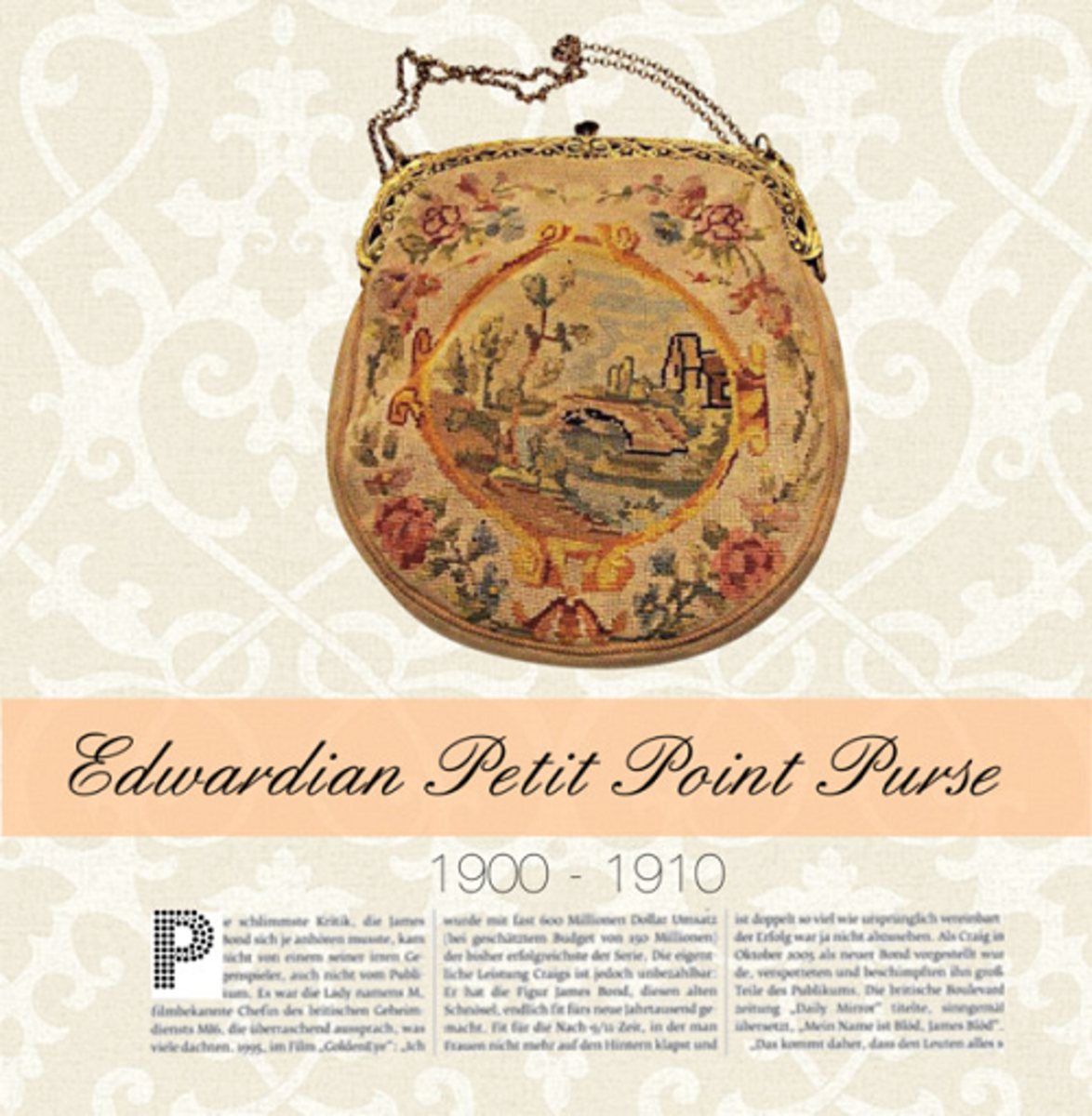Every era has its “what were they thinking?” fashion moment, and women's dresses are no exception. From puffed sleeves that could double as life vests to patchwork disasters that looked like Grandma’s quilt exploded, vintage clothing hasn’t always been chic.
 |
| Scalloped babydoll dress. |
Let’s take a nostalgic, slightly horrified look at the worst fashion failures in the history of dresses.
1. Baby Doll Dresses with Puffed Sleeves
Ah, the 1960s and early ’70s, when “looking youthful” meant dressing like a toddler. These short, frilly baby doll dresses came with oversized puffed sleeves and high hemlines that screamed, “I’m five, but fashionable.” Retro? Yes. Flattering? Rarely. They made even the most confident woman look like she wandered out of a Victorian nursery.
2. Drop-Waist Flapper Dresses
The roaring 1920s gave us jazz, cocktails, and… a waistline that disappeared. The drop-waist flapper dress was revolutionary but not exactly body-friendly. It hung straight down from the shoulders like a beaded curtain, turning every shape into a rectangle. Chic in theory, but most of us would rather keep our waist where it belongs, above the knees, thank you very much.
3. Jellyfish-Shaped Smocks
Somewhere in the shapeless sea of 1980s maternity fashion, these floaty smocks were born. Picture layers of fabric ballooning out from the shoulders, giving off “underwater creature” energy. Designers called it comfort; the rest of us called it camouflage. The only style statement here was, “I gave up.”
4. Patchwork Hippie Dresses
The 1970s were all about peace, love, and weird fabric combinations. Patchwork hippie dresses looked like every leftover scrap from a craft fair stitched into one garment. While boho style can be beautiful, these were more “I lost a fight with a sewing machine.” Vintage charm? Maybe. Fashionable? Never.
5. Shoulder-Pad Bodycon Dresses
The 1980s were obsessed with power and angles, which explains a lot. Combining clingy bodycon fabric with linebacker-level shoulder pads was… bold. The result? A silhouette that said “corporate robot in a cocktail dress.” Retro style lovers might call it iconic; the rest of us just call it intimidating geometry.
6. Tube Dresses with Elastic Tops
Ah, summer in the early 2000s, a time when fashion meant simplicity and a good tan. Tube dresses were literally a stretchy band of fabric that defied logic and gravity. One wrong move and poof, a wardrobe malfunction. Not the most secure form of vintage clothing, unless you enjoy living dangerously.
7. The Muumuu as Daywear
Originally a Hawaiian comfort dress, the muumuu was never meant for the office or brunch afternoon. However, in the 1970s and again in the 1990s, it somehow became a casual day look. Translation? An oversized tent with a floral print. Cosy, yes. Stylish? Only if your fashion icon is a beach umbrella.
8. Cartoon T-Shirt Dresses
Who decided it was cool to wear a giant Bugs Bunny or Tweety Bird print as a full-length dress? The 1990s did. These oversized cartoon T-shirt dresses blurred the line between sleepwear and streetwear. Fun for Saturday morning cartoons, less so for grown-up errands.
9. Apron Dresses Over Jeans
The early 2000s layering: fashion’s awkward phase. The combo of the apron dress over jeans looked like two outfits fighting for dominance. Denim under a frilly pinafore? It was supposed to be edgy, but it mostly said, “I couldn’t decide what to wear, so I wore everything.”
10. Prairie Ruffle Dresses
Think Laura Ingalls Wilder meets wedding cake. The 1980s brought back prairie-style dresses covered in ruffles, lace, and florals that could overwhelm a bouquet. They were meant to be sweetly vintage but often landed somewhere between “frontier bride” and “tablecloth.”
Fashion Fails Are Just Lessons in Style
Every fashion flop tells a story, and sometimes, that story is “don’t try this again.” Whether they are retro experiments gone wrong or vintage styles that simply didn’t age well, these dress disasters remind us that trends fade, but humour (and hindsight) are timeless.
So next time you dig through your closet and cringe at an old dress, remember this: history has seen worse fashion disasters.
Articles of interest
The Ugliest Hats and Headwear in Fashion HistoryFrom Corsets to Crotchless Chaos: A Humorous Peek into Vintage Undergarment Disasters
7 Famous Fashion Designers of the 1960s

















